Convair Lobber transport ballistic missile (USA)
The supply of troops in the front line with the necessary supplies is usually associated with a number of characteristic problems. In particular, in certain situations, the unit may be cut off from existing logistics. The lack of supply of ammunition, fuel or provisions seriously reduces the combat capability of the unit, as a result of which it may not withstand the pressure of the enemy. As a result, the army may need a variety of logistics tools, both traditional and fundamentally new.
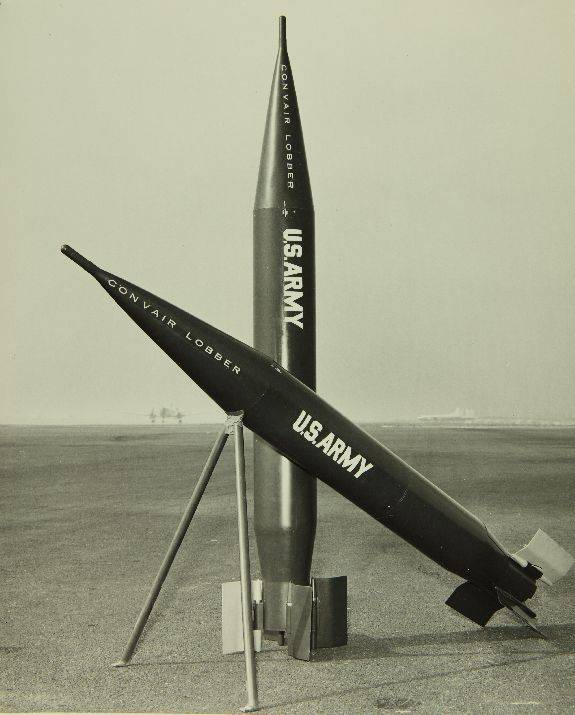
Missiles complex Convair Lobber
Even during the Second World War, during the battle of the Ardennes, American troops as an experiment tested the original "cargo" 155-mm artillery shells. Inside the body of the traditional type there was a cavity for a small load. The shells in theory allowed the supply of cut-off units literally over the head of the enemy. At the same time, they had a number of the most serious shortcomings, and in their current form were not of particular interest to the army.
During the Korean War, American soldiers repeatedly had to act in isolation from the main troops, relying only on available reserves. In the context of logistics, a good help was aviation, but even she could not always fully solve the tasks. Cargo parachute equipment did not have a high accuracy of landing, and helicopter landing with supplies was associated with excessive risks.
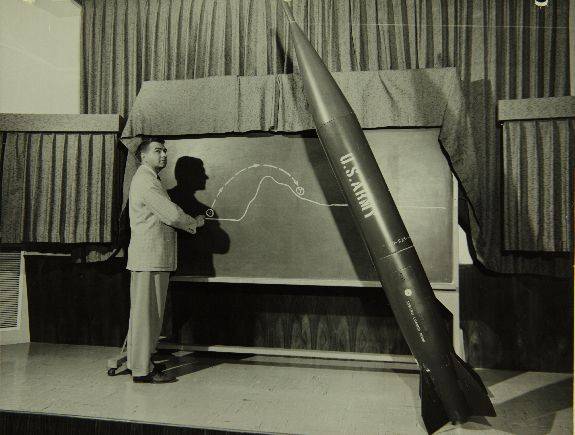
A ballistic missile could fly over hills and mountains
In the mid-fifties, the Pentagon remembered the idea of a transport projectile, repeating the design of a battle one. However, no one thought to copy the shells of the Second World War. This time, the original ideas were supposed to be implemented using modern technologies, namely rocket technology.
Due to its small size, an artillery shell could not contain a large amount of ammunition or provisions. Rocket systems, in turn, did not impose such severe restrictions. As a result, a special means of delivering supplies was to be a special missile system with a ballistic missile, having a cargo compartment of sufficient size. The rocket was proposed to be made uncontrollable, but stabilized in flight. Due to the correct combination of dimensions and basic characteristics, it would be possible to obtain a relatively low cost of the product, acceptable for mass exploitation in the army.
In 1957-58, the US Army launched the development of a new transport rocket. The order to create the project was received by the aircraft manufacturer Convair, which had some experience in the field of combat missiles. The design work was assigned to a group of engineers headed by Bill Chene. A promising sample of the logistics system received the designation Lobber.
The army demanded to create a special missile system with unusual tasks. Some original solutions might be required to fulfill customer requirements. At the same time, it was possible to make the most widespread use of already known developments and aggregates. In the shortest possible time, Convair was able to form the optimal look of the new system and begin to build prototypes for future tests.
For the delivery of supplies, units were asked to use the complex in the form of a light launcher and a special ballistic missile. Both elements of the complex were distinguished by simplicity of construction and low cost. They could be used with any available platforms, including trucks. Thus, as it was supposed, the Lobber complex could have high mobility and in the shortest possible time ensure the supply of the cut-off unit.
The launcher for the transport missile was notable for its simplicity of design. On the ground or on the cargo area of the vehicle carrier was placed a rectangular frame of metal profiles, on which were fixed two inclined structures. The front posts connected by a metal sheet and the rear polygonal strut formed a stand for the swing rail. It should be noted that such a launcher had no means of horizontal guidance. The direction of shooting was determined by the correct placement of the carrier and / or launcher.
On the upper elements of the front pillars there were fastenings for the axles of the starting guide. The guide itself was a metal pipe with an internal diameter of 255 mm and a length of about 2. The guide channel had helical grooves, which provided preliminary promotion of the rocket at launch. The guide could swing relative to the installation, changing the starting angle of elevation. Due to such a vertical pickup, it was possible within certain limits to change the range of the unguided rocket.
The rocket of the Lobber complex, as requested by the customer, was distinguished by its maximum simplicity of design. She received a cigar-shaped metal case of variable diameter, all of whose internal volumes were given under the payload and power plant. The project involved the use of a housing with a sufficiently long conical head fairing. The central part of the body had a cylindrical shape, and the tail section was made in the form of an assembly consisting of a truncated cone and a cylinder. The case had a detachable design. The head unit of sufficient size was a cargo compartment, and the tail part of the product contained a power plant and a parachute. After the fall, the rocket was asked to disassemble and remove the payload.
Rocket complex "Lobber" had no control systems and had to stabilize in flight only by rotation. The initial spin was provided by the guide grooves, after which the rotation was supported by stabilizers. On the narrowed tail of the rocket provided for the installation of four folding planes. When transporting the rocket, right up to the exit from the launch guide, they lay above the hull wall, and at the beginning of the flight they were folded. Angled stabilizers created the required aerodynamic forces.
In the rear part of the body was placed solid rocket engine with sufficient indicators of thrust. The engine was started using an electric igniter. Despite the small size and weight of the charge, the engine used made it possible to obtain remarkable indicators of flight speed and firing range.
The ballistic missile, in spite of the limited flight range, had to accelerate strongly enough on the descending part of the trajectory, which exposed the payload to known risks. In this regard, the project Convair Lobber provided for the use of means of braking in the fall. So, in the tail section of the hull, next to the engine, a folded parachute was placed. Its release was made automatically after the production of solid fuel. After opening, the dome reduced the speed of fall, to some extent protecting the load.
The project also used another not quite common means of protection against excessive overload. A metal tube of small diameter was mounted on the head body fairing. The rocket had to go down on the ground with a fairing, and this tube was the first to come into contact with the ground. Upon impact, the tube, along with the fairing, deformed and absorbed a part of the rocket's energy, providing less severe braking.
Prospective Lobber transport rocket turned out to be quite large. Its total length was 9 feet (2,7 m). The diameter of the center section of the hull, which had the largest cross section, is 10 inches (254 mm). The curb weight of the rocket with the engine and payload reached 135 pounds - about 61 kg. The payload accounted for almost 40% of the total mass of the product - 50 pounds or just under 23 kg.
The cargo compartment of the rocket was a cylinder with a diameter of about 250 mm and a length of about a meter. It could accommodate any supplies needed by the troops at the forefront. The rocket could deliver ammunition for small weapons, including large-caliber, grenades, etc. It was possible to place standard cans with this or that provisions in it. Boxes or cans were fixed inside the cargo compartment with the help of washers-lodgements with cavities of the required configuration. The lodgements did not allow the load to shift and affect the rocket flight.
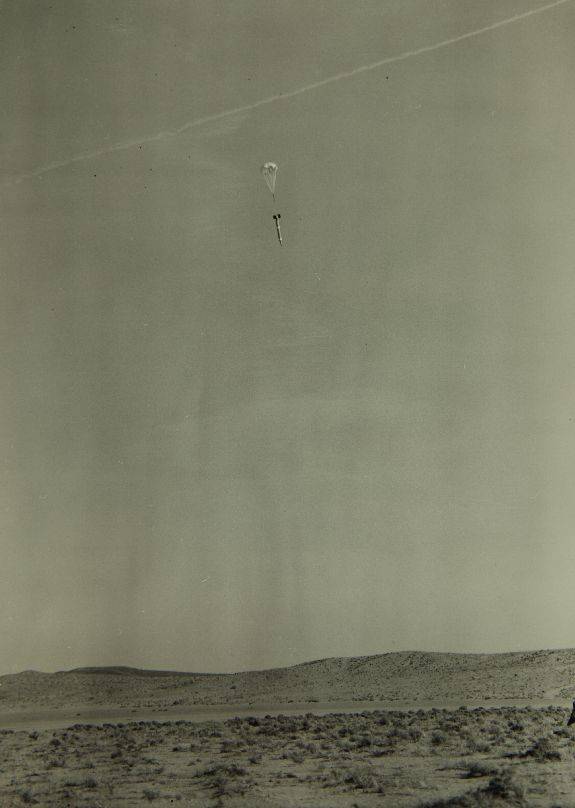
Product "Lobber" descends by parachute
Despite its transport purpose, the Lobber product still remained a ballistic missile. In this regard, the designers offered several options for alternative warheads for military purposes. A rocket could become a carrier of a high-explosive, incendiary chemical or even nuclear warhead. The characteristics of the warhead were limited only by the dimensions and payload of the missile. A hull with a diameter of up to 254 mm with the ability to carry 50 pounds of payload allowed for various tasks.
The used solid-fuel engine made it possible to obtain sufficiently high flight characteristics. The maximum speed of the rocket on the active leg of the flight reached approximately 1500 miles per hour (about 2400 km / h). Moving along a ballistic trajectory with the release of a parachute on the final segment, the Lobber rocket could fly to a distance of 8 miles (13 km). During the flight, the product rose to a height of 10 thousand feet (about 3 km).
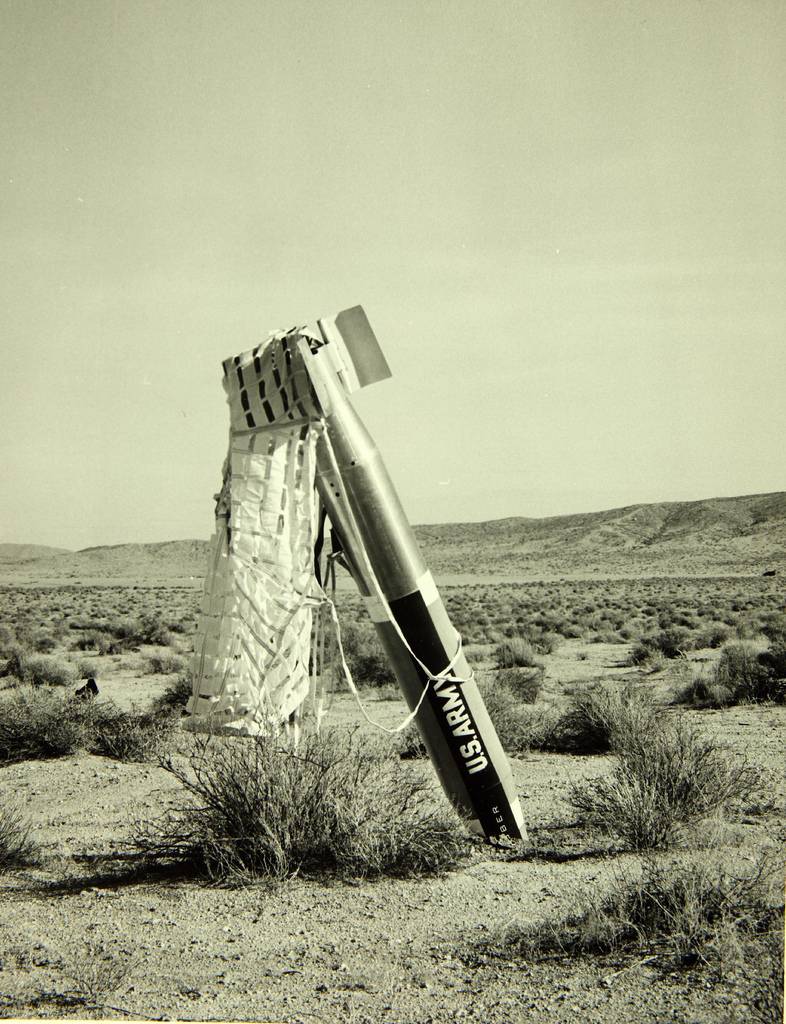
Rocket landed
In the course of further development of the project, the launcher could get a regular chassis for quick transfer to the firing position. Maintenance of the missile complex in this case would be assigned to the calculation of three or four people.
Development of the project did not take much time, and in December 1958, at the Camp Irwin test site, tests began. According to some reports, during the first shooting, the authors of the project encountered some problems. The accuracy of firing an unguided rocket with stabilization by rotation due to the grooves of the guide and the planes turned out to be insufficient. In this regard, the most serious changes have been made to the design of the launcher. In an updated form, the Lobber missile system showed higher accuracy characteristics.
Instead of a tubular guide, a cylindrical holder is now placed on the frame. Inside it was a pipe of sufficient diameter that, when launched, contained a rocket. An electromotor was placed on top of the outer cage, spinning a guide through a belt drive. Thus, by the time the engine was started, the rocket rotated with sufficient speed. After exiting the barrel, the rotation had to be supported by stabilizers.
Preliminary promotion of the rocket gave the expected results. During the test firing at the maximum range, it was possible to obtain a circular probable deviation of the order of 100 yards (91 m). With certain reservations, it allowed the use of the new system for its intended purpose. However, in some situations, such shooting accuracy could be insufficient.
In 1958, Convair manufactured several launchers in different configurations and assembled a large batch of experienced missiles. As part of the tests, the real characteristics of the system were identified, and the existing shortcomings of a technical and technological nature were identified and eliminated. According to the results of factory tests, the Lobber complex was ready for demonstration to representatives of the military department. They were supposed to familiarize themselves with the development of B. Cheyna’s team and make their decision.
During the factory tests and during the demonstration by the military, according to known data, 27 launches were carried out. After seeing the work of the Lobber system, the military acknowledged that an unusual means of delivering supplies could actually solve the tasks. The original concept has received practical confirmation. However, this praise is over. The implementation of the new project left much to be desired. In its current form, the transport rocket was not of interest to the army.
50 pounds of payload to the rocket did not look quite acceptable. In some situations, the unit could need more supplies, which would have necessitated the launch of several missiles. The firing range of no more than 13 km could seriously limit the practical potential of the rocket. Cut off troops in need of supply, could be at a greater distance from the main forces.
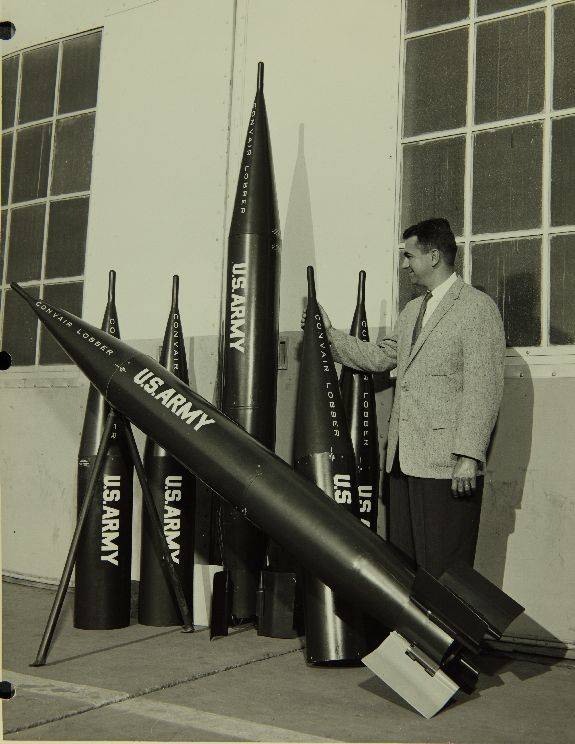
Rocket and cargo compartment options
Another reason for criticism was the low accuracy. Despite the preliminary promotion and sloping stabilizers, the rocket deviated from the aiming point by an average of 100 yards. Thus, she easily could not get to the position of the supplied unit. It should be noted that, with greater accuracy, a transport rocket, descending at high speed, could pose some danger to soldiers waiting for help.
The last minus of the project Convair Lobber was the cost of finished products. One serial transport rocket of a new type, according to the calculations of the developers, was supposed to cost 1000 dollars (almost 8600 dollars at current prices). At the same time it could be used only once. For comparison, delivery of a similar cargo by aviation in the late fifties cost the army no more than 700 dollars.
Tests clearly showed that an unusual logistic tool fundamentally copes with the tasks assigned to it, but it does not show sufficient flight, technical and economic characteristics. In its current form, the Lobber complex was not of interest to the army. The ground command refused further support for the project and decided to supply the troops with customary methods, even if they were associated with known risks.
From a certain time, the Marine Corps and naval forces have been interested in the Lobber project. ILC, like the army, needed the means of supplying remote detached units. The fleet, in turn, planned to order a special anti-submarine modification of the new missile. Also, according to some data, the possibility of equipping a rocket with a charge of extinguishing powder was being worked out. In this configuration, it could be used by firefighters. However, after the refusal of the army, all the options for finalizing the project were left without a future.
The Lobber project completed in the first months of 1959. The launch customer, represented by the US Army, saw the real capabilities of the missile complex and decided to abandon it. New orders are not followed. Due to the lack of real prospects, the project was closed, and all documentation was sent to the archive.
The Convair Lobber project was the first and last attempt to create a special transport ballistic missile for light cargoes undertaken by the American industry. In the second half of the 1950s, other projects of similar missile systems were being worked out in the USA, but in these cases it was a question of transporting people and equipment. The concept of "Lober", in turn, has not received a direct development. More about her did not remember.
An interesting transport system project with the delivery of goods using a lightweight ballistic missile, created by Convair, did not leave the flight test stage, but still gave real results. He clearly showed all the features of such systems and made it possible to draw the necessary conclusions. Like many other bold and unusual developments, the Lobber rocket made it possible to timely abandon the development of a not very successful and useful direction.
On the materials of the sites:
http://designation-systems.net/
http://snafu-solomon.com/
https://flightglobal.com/
https://secretprojects.co.uk/
http://strangernn.livejournal.com/
http://youroker.livejournal.com/
- Ryabov Kirill
- San Diego Air & Space Museum / flickr.com/photos/sdasmarchives
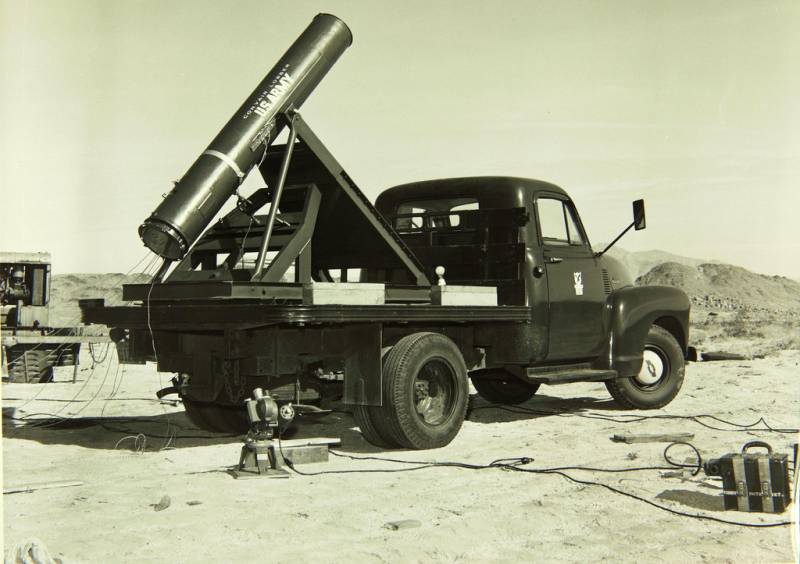
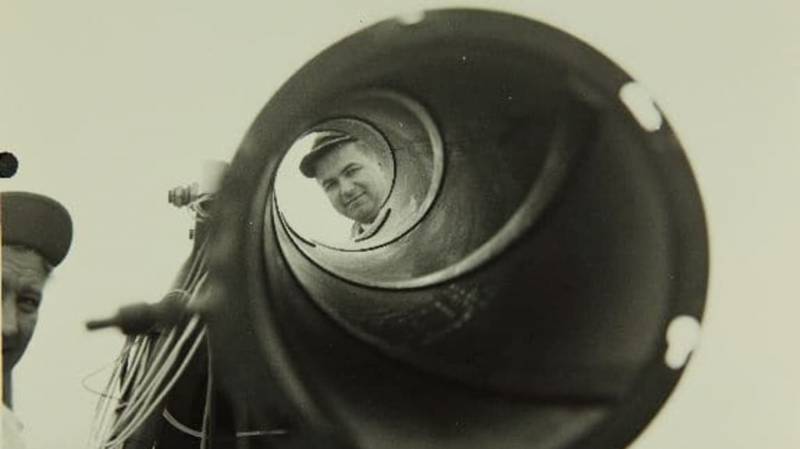
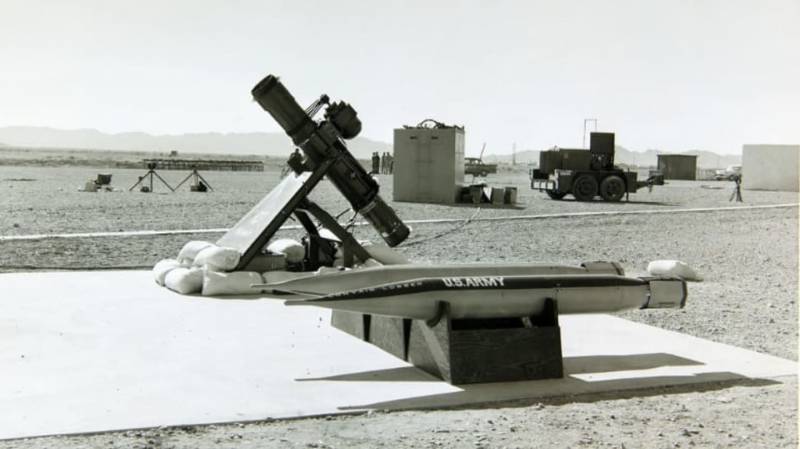
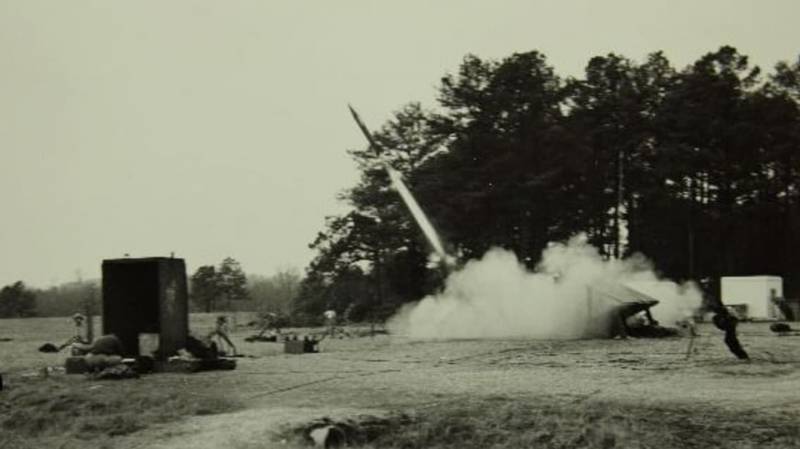
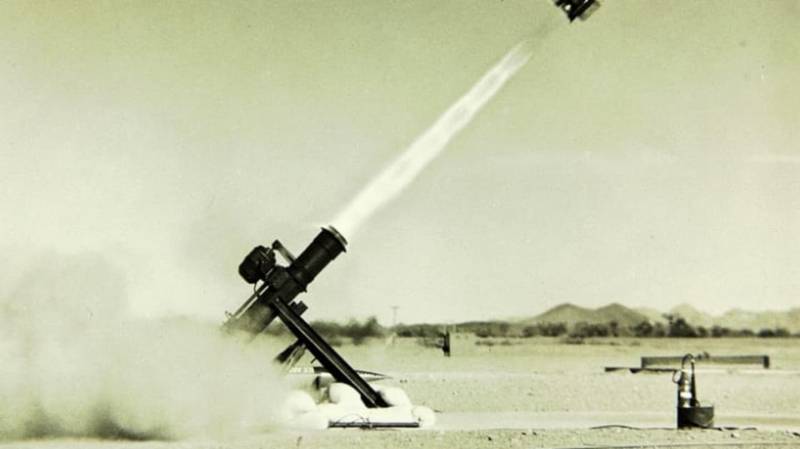
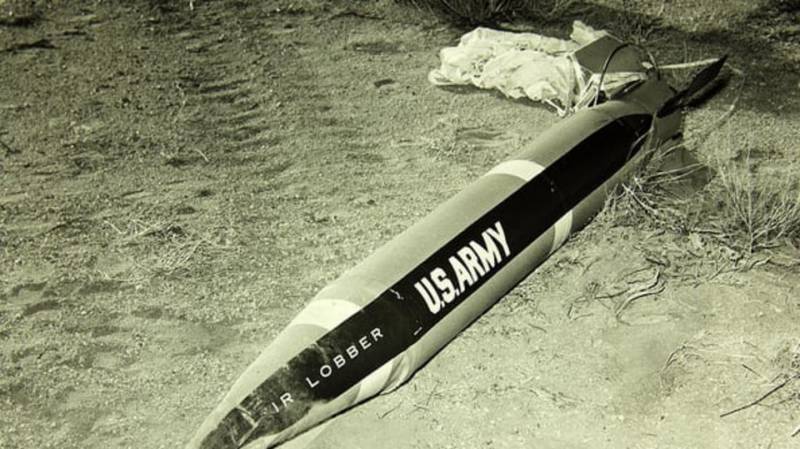
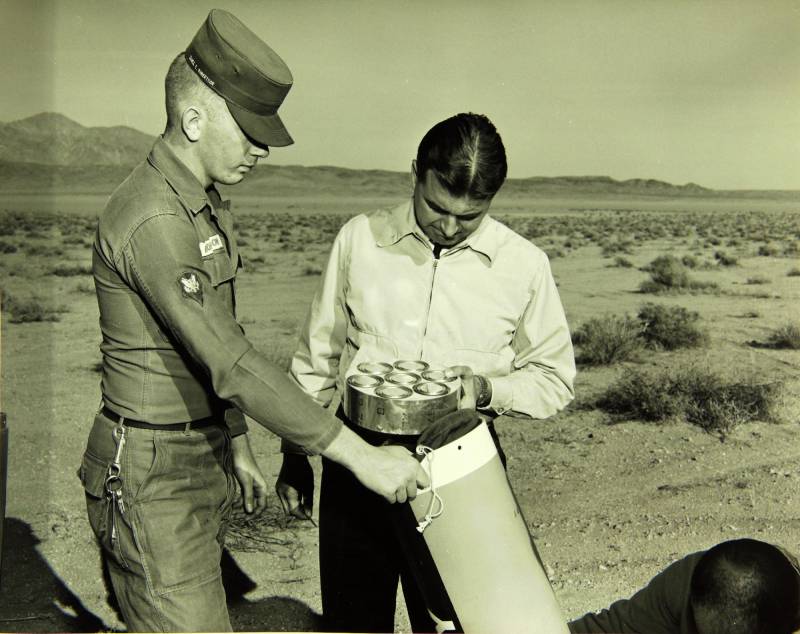
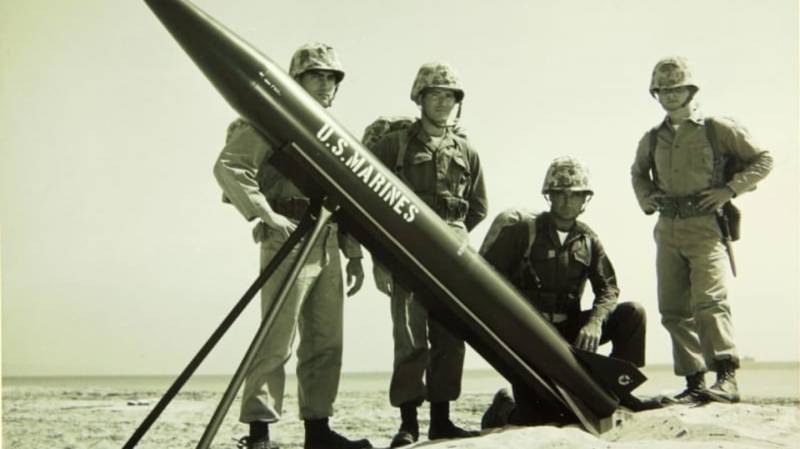
Information